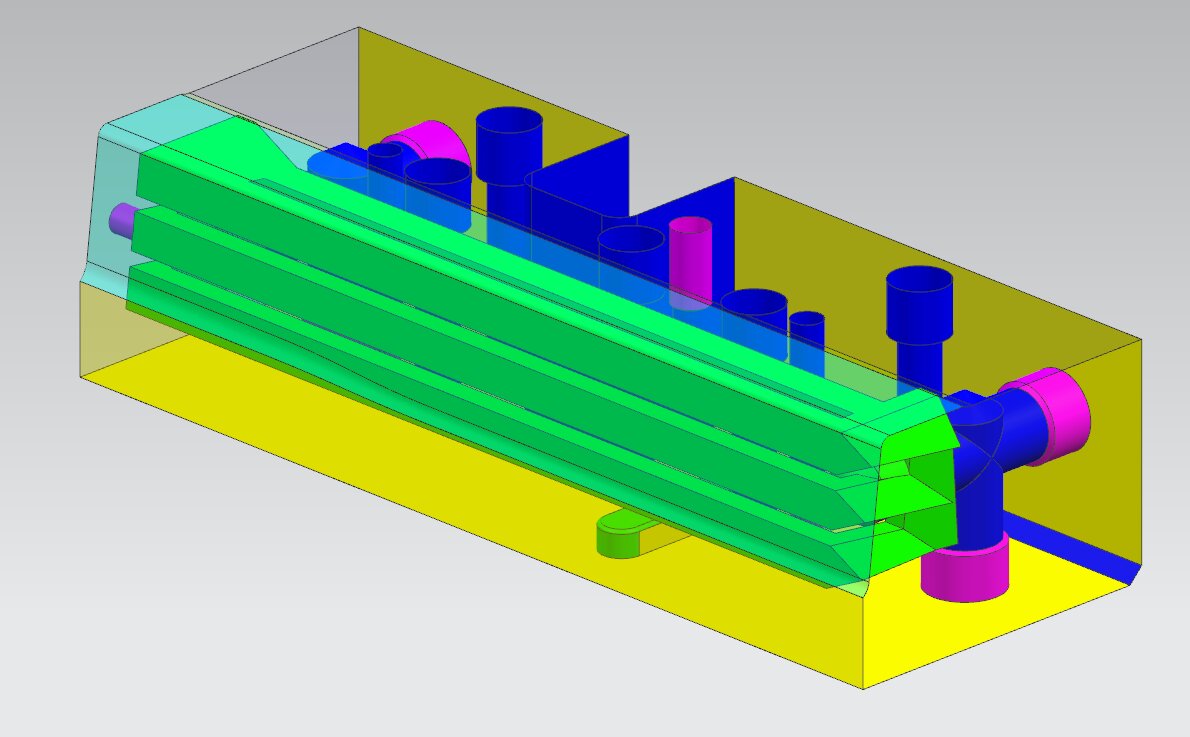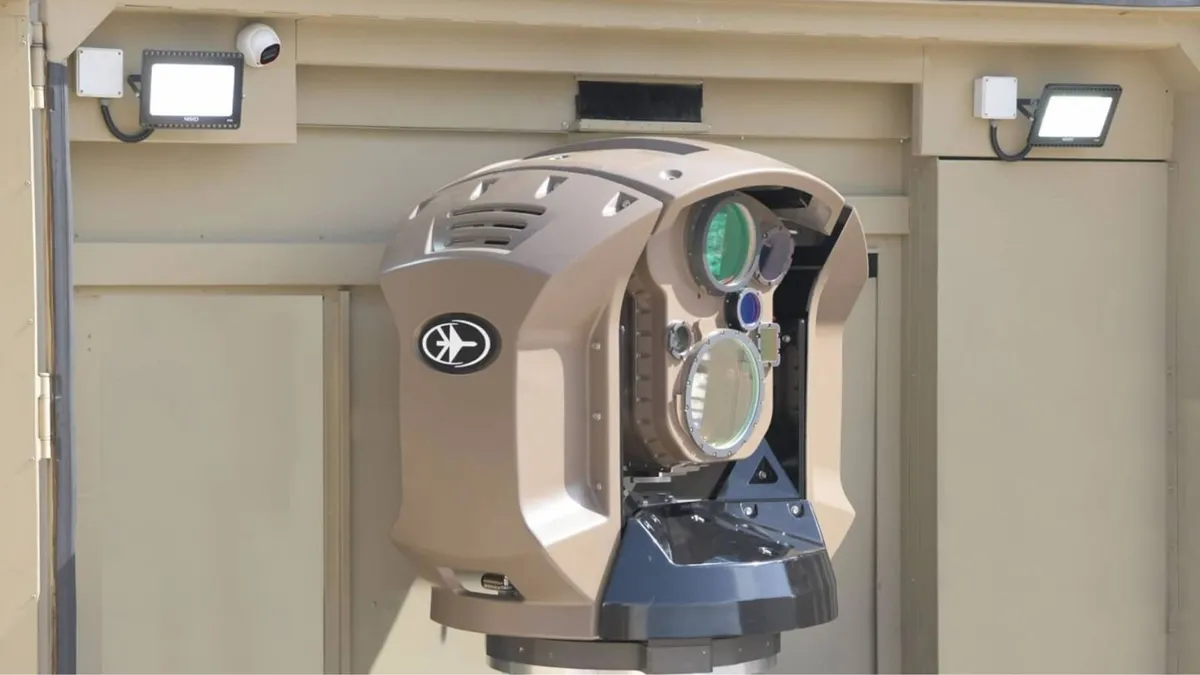Researchers at Oak Ridge National Laboratory (ORNL) have collaborated with experts from the Lincoln Electric and Dienamic Tooling Systems, and 3D printed a hot stamping die that won’t crack after a couple of uses.
In fact, they have proven that their creation can withstand up to 25000 usage cycles, which is within the life cycle range of the conventional dies that are currently used in the field.
As the researchers explain, 3D printing is not about doing things differently, or just about reducing the cost of the tools. In this case, it is about allowing the water channels to follow the shape of the die, achieving optimal heat dissipation and homogeneous temperature reduction. In conventional manufacturing, water channels can only be realized in straight lines, and that’s just too limiting in precision and high-quality engineering.
Moreover, there’s nothing limiting the scientists material-wise. They can use multiple different materials to achieve the “perfect die” result, without worrying about inadequate cohesiveness or unpredictable geometric complications. Considering that the United States is currently importing the hot stamping dies they need, this research was a highly targeted and purposeful one. When the industry starts printing its own stamping dies, it will be a freeing moment, both in terms of financial resources and also in practicality and production performance.
In Europe, Schuler is already printing hot stamping dies made out of an undisclosed powder composition which offers excellent levels of tensile strength. They, too, were led to the solution after considering the quicker cooling benefits. Still though, the technology hasn’t taken off yet, and the durability of the die has undoubtedly been one of the main obstacles. Apparently, the ORNL has found the answer to this problem, so there’s nothing stopping the field for being revolutionized now.







